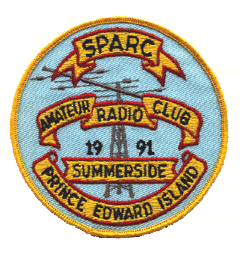Note: Aurora may be visible at high latitudes, i.e., northern tier of the U.S. such as northern Michigan and Maine and no doubt Eastern Canada
NOAA STI
:Product: Geophysical Alert Message wwv.txt
:Issued: 2022 Apr 27 0605 UTC
# Prepared by the US Dept. of Commerce, NOAA, Space Weather Prediction Center
#
# Geophysical Alert Message
#
Solar-terrestrial indices for 26 April follow.
Solar flux 150 and estimated planetary A-index 3.
The estimated planetary K-index at 0600 UTC on 27 April was 2.
No space weather storms were observed for the past 24 hours.
No space weather storms are predicted for the next 24 hours.
NOAA Alerts
Space Weather Message Code: WATA20
Serial Number: 913
Issue Time: 2022 Apr 26 2011 UTC
WATCH: Geomagnetic Storm Category G1 Predicted
Highest Storm Level Predicted by Day:
Apr 27: None (Below G1) Apr 28: None (Below G1) Apr 29: G1 (Minor)
THIS SUPERSEDES ANY/ALL PRIOR WATCHES IN EFFECT
NOAA Space Weather Scale descriptions can be found at
www.swpc.noaa.gov/noaa-scales-explanation
Potential Impacts: Area of impact primarily poleward of 60 degrees Geomagnetic Latitude.
Induced Currents – Weak power grid fluctuations can occur.
Spacecraft – Minor impact on satellite operations possible.
Aurora – Aurora may be visible at high latitudes, i.e., northern tier of the U.S. such as northern Michigan and Maine.
GEOMAGNETIC STORM WATCH (G1-CLASS): There is a chance of minor G1-class geomagnetic storms on April 29th when a co-rotating interaction region (CIR) is expected to hit Earth’s magnetic field. CIRs are transition zones between between fast- and slow-moving solar wind streams. They contain shock waves and intense magnetic fields that can do a good job sparking aurora.
